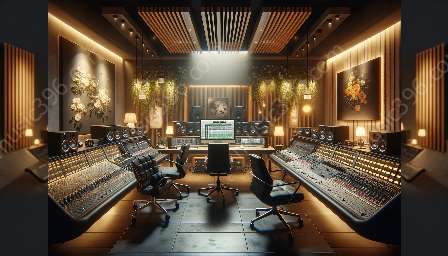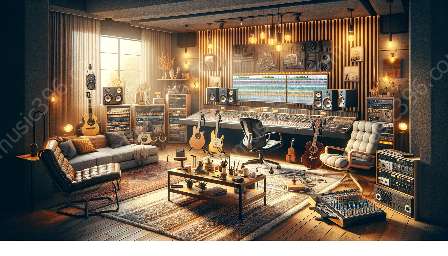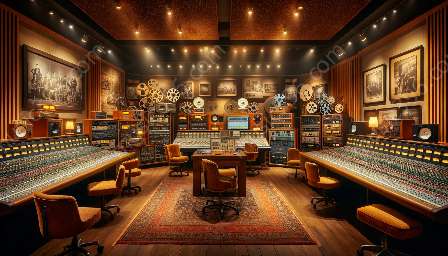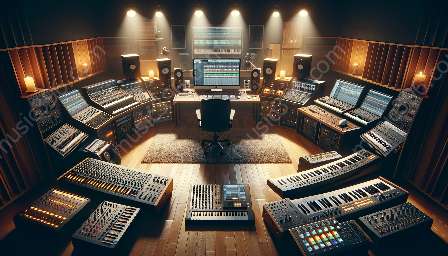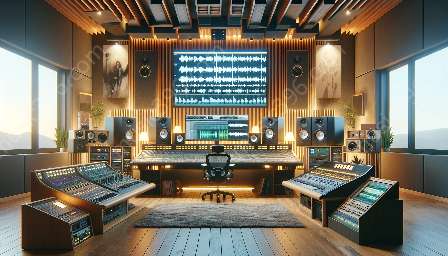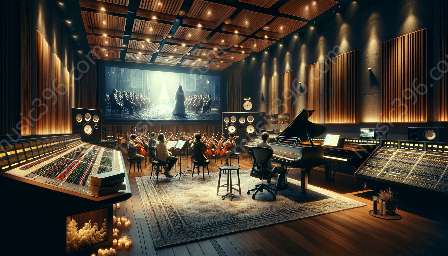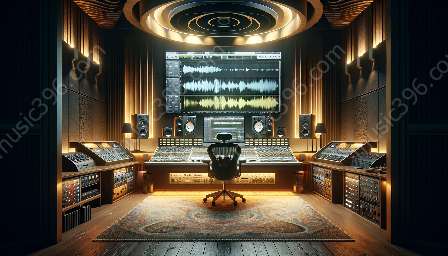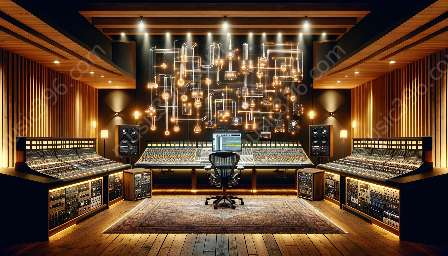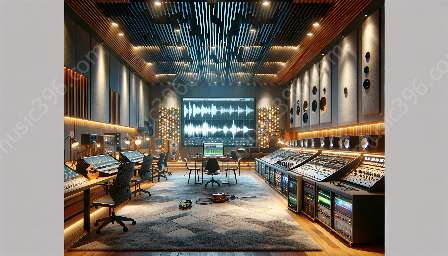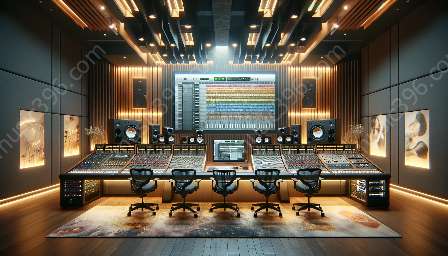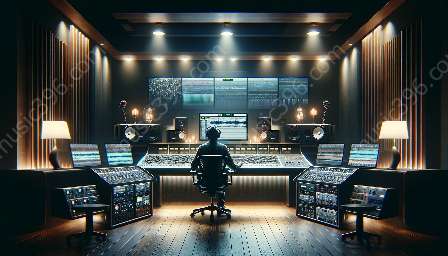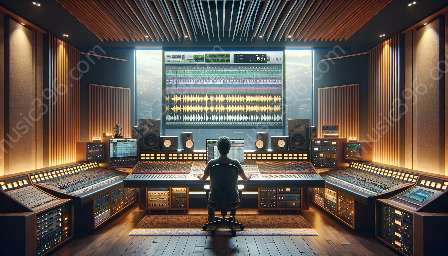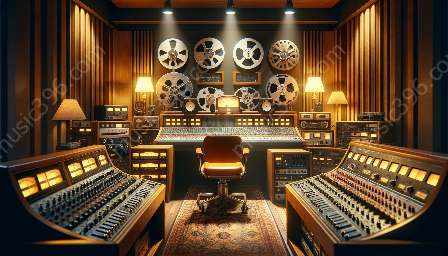In music production and recording, microphones play a critical role in capturing sound and shaping the overall sound quality of a recording. Understanding the different types of microphones and their applications is essential for achieving the desired audio outcome.
Types of Microphones
Microphones can be broadly categorized into three main types: dynamic, condenser, and ribbon. Each type of microphone has its unique characteristics, polar patterns, and applications in music production and recording.
1. Dynamic Microphones
Overview: Dynamic microphones are robust and versatile, making them suitable for a wide range of recording situations. They are known for their durability and ability to handle high sound pressure levels.
Applications: Dynamic microphones are often used for capturing loud sound sources such as drums, guitar amplifiers, and live vocals. They are also commonly used for stage performances due to their rugged construction and feedback rejection.
2. Condenser Microphones
Overview: Condenser microphones are known for their superior sensitivity and wide frequency response, making them ideal for capturing detailed and nuanced sound.
Applications: Condenser microphones are commonly used for recording vocals, acoustic instruments, and orchestral ensembles. They are also preferred for studio recordings where precision and clarity are crucial.
3. Ribbon Microphones
Overview: Ribbon microphones feature a thin metal ribbon as the diaphragm, resulting in a warm and natural sound characteristic. They are often prized for their smooth frequency response and figure-8 polar pattern.
Applications: Ribbon microphones excel in capturing the tonal nuances of string instruments, brass instruments, and vintage sound sources. They are also used for ambient recording and creating a vintage vibe in recordings.
Microphone Applications in Music Production and Recording
The choice of microphone type and its placement significantly impacts the overall sound captured during a recording session. Understanding the unique characteristics and applications of each microphone type is essential for achieving the desired sonic result.
Studio Recording
During studio recording sessions, condenser microphones are often the preferred choice for capturing vocals and acoustic instruments due to their high sensitivity and detailed sound reproduction. Dynamic microphones play a crucial role in close-miking drums and guitar amplifiers, providing punchy and focused sound.
Live Sound Reinforcement
When it comes to live sound reinforcement, dynamic microphones are commonly used for capturing vocals and instrument amplifiers on stage. Their durability and ability to handle high sound pressure levels make them suitable for live performance environments.
Broadcast and Podcasting
Condenser microphones are widely employed in broadcast and podcasting settings due to their ability to capture clear and articulate speech. Their wide frequency response and sensitivity make them ideal for delivering professional audio quality in these applications.
Field Recording
For field recording, ribbon microphones are often utilized to capture the ambient sounds of nature, as well as to add a vintage character to the recordings. Their figure-8 polar pattern allows for capturing sound from the front and rear, making them suitable for capturing the surrounding environment.
Conclusion
Microphones are pivotal tools in music production and recording, and understanding their types and applications is crucial for achieving high-quality audio outcomes. Whether in the studio, on stage, or in the field, the right microphone choice can make a significant difference in the overall sound captured. By exploring the unique characteristics and applications of dynamic, condenser, and ribbon microphones, professionals in the music industry can make informed decisions to achieve the desired sonic results in their recordings.



